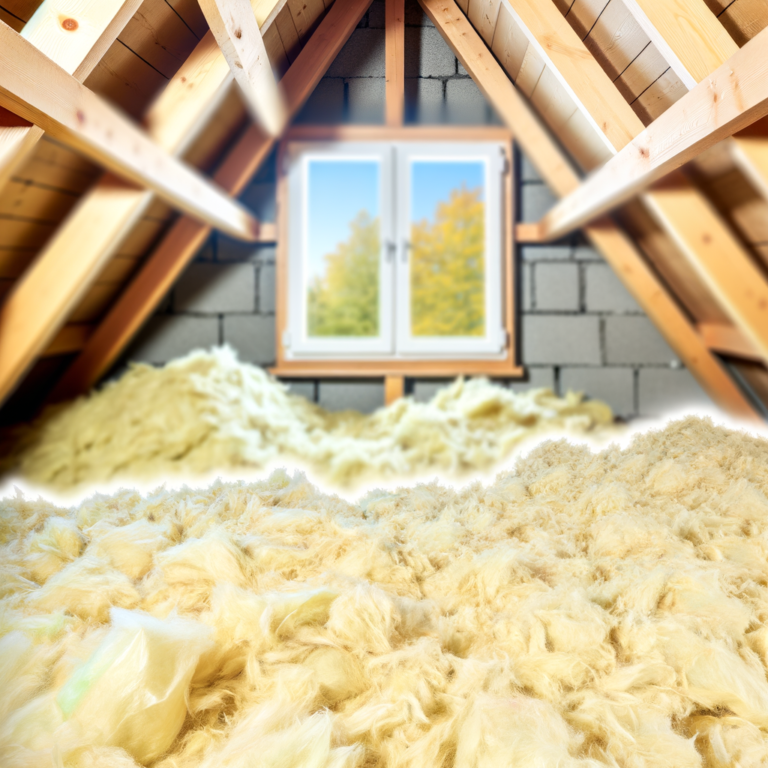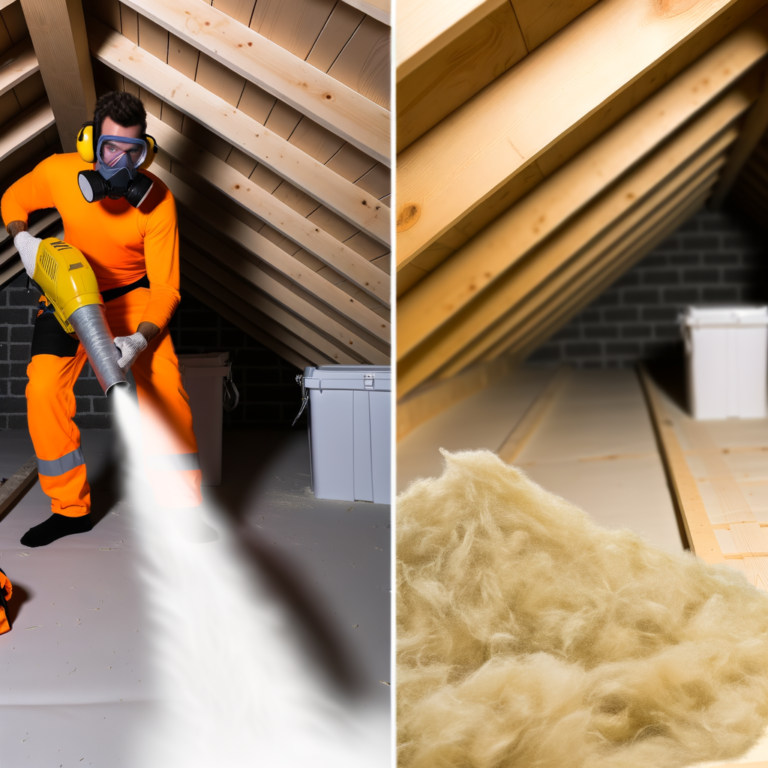- Blown-in insulation creates a seamless thermal barrier, enhancing energy efficiency.
- It improves home comfort by maintaining consistent temperatures and reducing hot/cold spots.
- Available materials include fiberglass, cellulose, and mineral wool, each offering unique benefits.
- Cost-effective installation process saves time and labor, leading to better energy conservation.
The Ultimate Guide to Blown-In Insulation for Homes

Table of Contents
- Introduction
- What is Blown-In Insulation?
- Benefits of Blown-In Insulation
- How to Install Blown-In Insulation
- Types of Blown-In Insulation Materials
- Cost-Effectiveness of Blown-In Insulation
- FAQ Section
- Conclusion
Introduction
Maximizing energy efficiency in your home is crucial for reducing utility bills and promoting a comfortable living environment. One of the best ways to achieve this is through blown-in insulation, a popular choice for homeowners looking to enhance their home’s thermal performance and comfort.
What is Blown-In Insulation?
Blown-in insulation, also known as loose-fill insulation, involves the process of using specialized equipment to blow insulation materials into walls, attics, and floors. This type of insulation provides a seamless thermal barrier that helps maintain consistent temperatures throughout your home, no matter the season.
Benefits of Blown-In Insulation
- Enhanced Energy Efficiency: Increases the R-value of your home, leading to significant savings on energy bills.
- Improved Home Comfort: Helps maintain a uniform temperature throughout the house, reducing hot and cold spots.
- Environmentally Friendly: Often made from recycled materials, thus reducing the impact on the environment.
- Soundproofing Qualities: Helps reduce noise from outside and between different rooms and floors.
How to Install Blown-In Insulation
Step 1: Preparation
Assess your home to identify where insulation is most needed. Prepare the area by sealing any air leaks and ensuring proper ventilation to prevent moisture accumulation.
Step 2: Choosing the Right Material
Choose the appropriate insulation material (fiberglass, cellulose, or mineral wool) based on your specific needs and budget.
Step 3: Installation Process
Using a blowing machine, skilled technicians will strategically distribute the insulation material evenly in the designated spaces.
Types of Blown-In Insulation Materials
- Fiberglass: Lightweight and moisture-resistant, ideal for attics.
- Cellulose: Made from recycled paper products and treated for fire resistance.
- Mineral Wool: Offers superior soundproofing and fire resistance.
Cost-Effectiveness of Blown-In Insulation
Blown-in insulation is cost-effective because it is relatively quick to install and requires less manual labor compared to other forms of insulation. It efficiently fills all nooks, resulting in better coverage and enhanced energy conservation.
FAQ Section
Q: How does blown-in insulation enhance energy efficiency?
A: By filling gaps and providing a high R-value, it reduces the need for heating and cooling systems to work overtime, thus conserving energy.
Q: Is blown-in insulation safe for my home?
A: Absolutely! When installed correctly, it is safe, non-toxic, and makes your home more energy-efficient.
Q: How long will the blown-in insulation last?
A: Properly installed blown-in insulation can last for over 30 years, depending on the materials used and environmental conditions.




